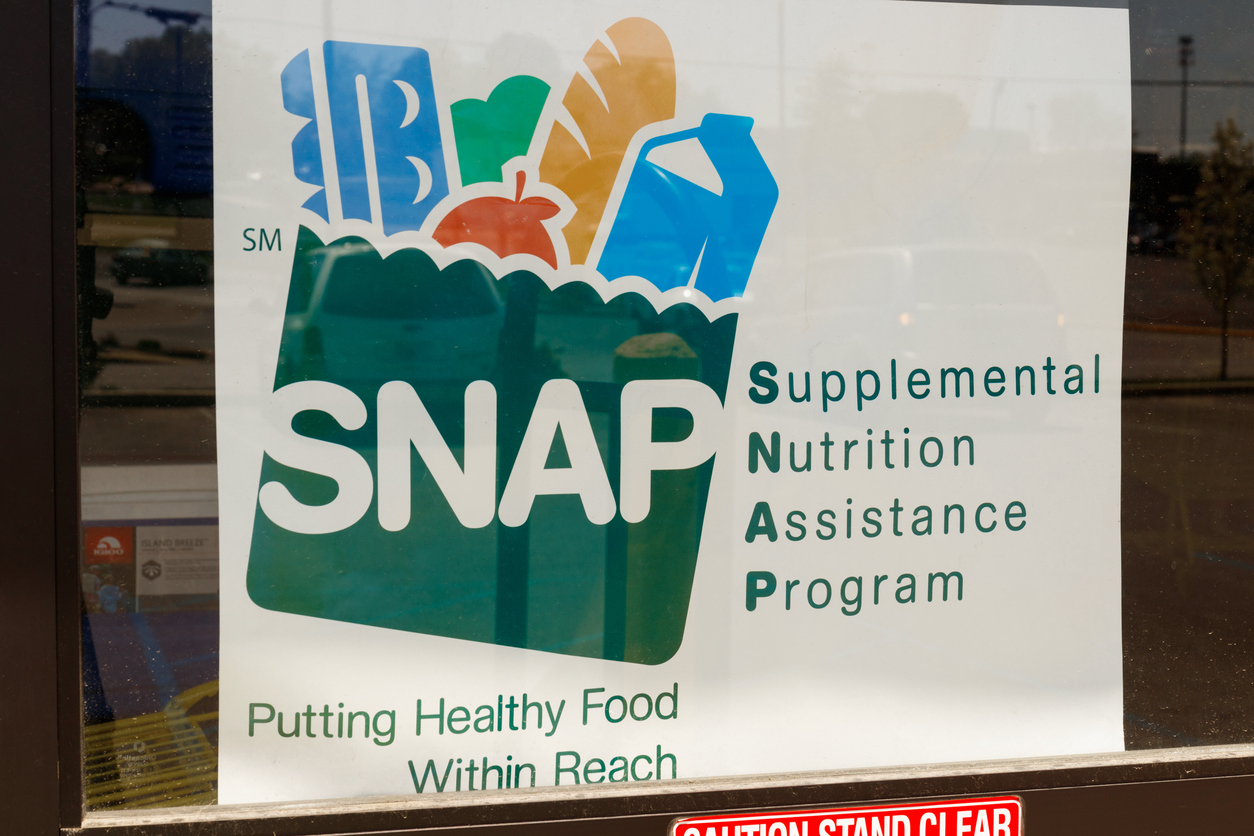RFK: SNAP recipients are spending nearly $70 million on junk food

Health and Human Services (HHS) Secretary Robert F. Kennedy, Jr. revealed on Monday that food stamp recipients on the taxpayer-funded Supplemental Nutrition Assistance Program (SNAP) are spending over $68 million on junk food.
"We are spending $405 million a day on SNAP,” Kennedy said. “Ten percent is going to sugary drinks. If you add candies to that, it's about 13 to 17%."
Kennedy made the remarks at a joint press conference with Agriculture Secretary Brooke Rollins, who announced that she has signed waivers for six more states banning junk food from SNAP purchases. Florida, West Virginia, Oklahoma, Texas, Louisiana, and Colorado have now joined Iowa and Indiana in excluding candies and sugary drinks from SNAP.
The health secretary hit back at criticisms by the Left and Big Food lobbyists, who claim that restricting junk food from food stamp purchases is curtailing freedom of choice.
"We all believe in free choice. We live in a democracy. People can make their own choice about what they are going to buy and what they are not going to buy. If you want to buy a sugary soda, you should be able to do that, but the U.S. taxpayer should not pay for it,” he said.
The narrative that banning junk food from SNAP violates personal liberty is being funded by Big Food, which has even paid Right-wing influencers to frame the issue as government overreach.
Why ban junk food?
Soda, candy, and other ultra-processed foods (UPF) are not only contain low-nutrition, but they actually create more hunger. Findings show many UPF products contain a combination of fat, sugar, and sodium called a “bliss point” that triggers a dopamine response similar to narcotics, causing cravings for more. This results in serious food addictions, particularly among children, which is why researchers like University of Michigan Associate Psychology Professor Ashley Gearhardt advocate for classifying UPF as a chemical substance.
“It’s not just really about the calories,” said Gearhardt, as quoted by Epoch Times. “It starts to be about the hedonics, the pleasure, the emotion regulation from a very, very young age. We do see that children who are showing these signs of addiction in their eating, they have higher body mass index, higher emotional overeating. They’re less sensitive to their satiety signals. They have greater body fat percentages.”


.jpg)

